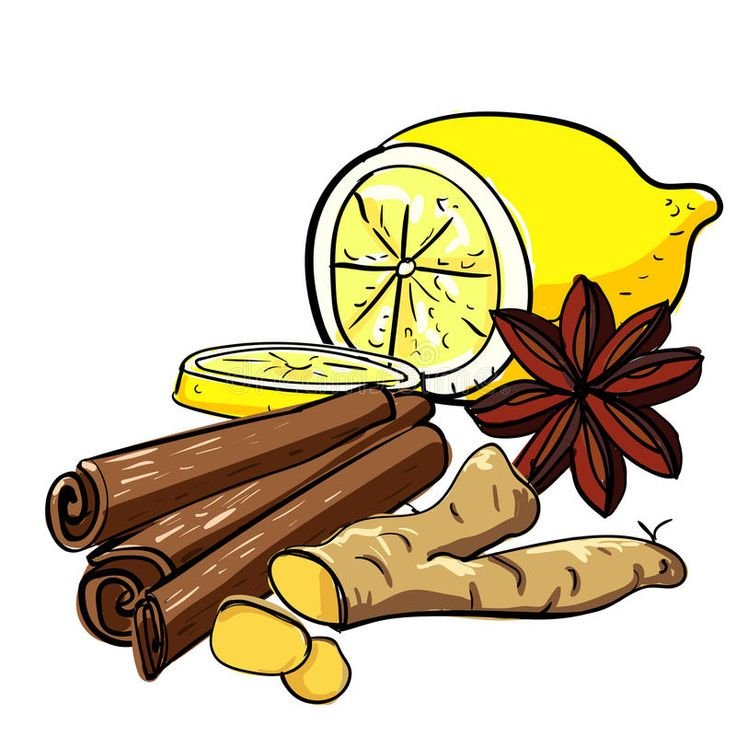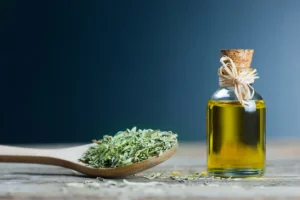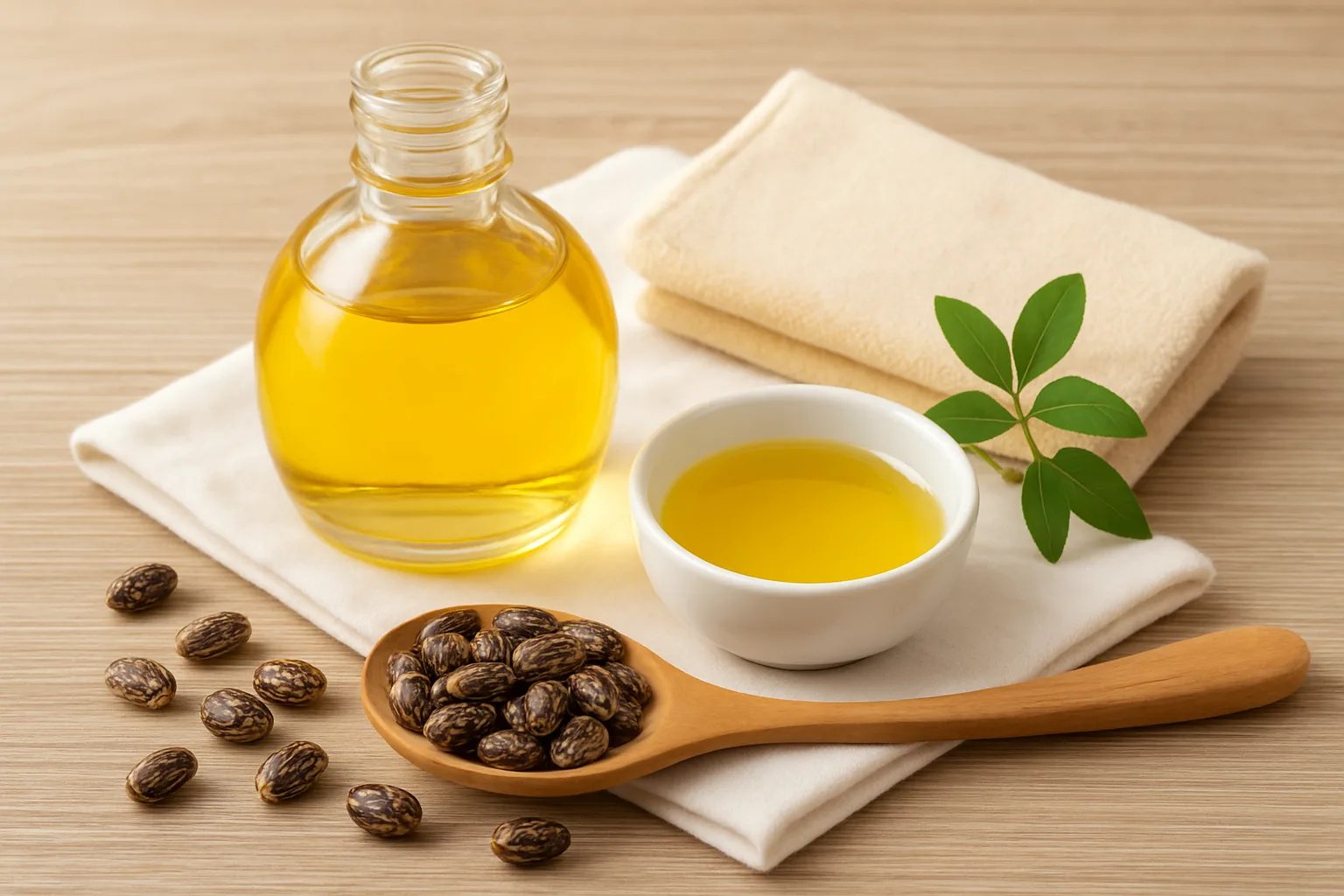Bursitis, a painful condition that causes inflammation in the bursae (the fluid-filled sacs around the joints), can greatly impact daily activities. The pain, swelling, and limited mobility often lead individuals to seek solutions that don’t involve the harsh side effects of traditional medications. Homeopathy, a form of natural medicine, offers a gentle yet effective alternative for those suffering from bursitis. In this article, we’ll explore how homeopathic remedies for bursitis can help relieve pain, reduce inflammation, and support the body’s healing process.
What is Bursitis?

Bursitis is the inflammation of the bursae, which act as cushions for the joints. When these bursae become irritated or inflamed, often due to repetitive movement, injury, or prolonged pressure, it can lead to severe pain and discomfort in the affected joint. Bursitis can occur in various parts of the body, including the shoulder, elbow, hip, and knee.
Common symptoms of bursitis include:
- Pain and tenderness around the joint
- Swelling and warmth in the affected area
- Decreased range of motion and stiffness
While conventional treatments may involve anti-inflammatory drugs, many people turn to homeopathic remedies for bursitis as a more holistic and natural alternative.
Why Choose Homeopathy for Bursitis?

Homeopathy is based on the principle of “like cures like,” meaning that substances that cause symptoms in a healthy person can, in minute amounts, treat similar symptoms in a sick person. Homeopathic remedies are designed to stimulate the body’s natural healing abilities and restore balance.
In the case of bursitis, homeopathy focuses on:
- Reducing inflammation without side effects
- Relieving pain in a gentle, non-invasive way
- Promoting healing by stimulating the body’s vital forces
Homeopathic treatments are individualized to address the specific symptoms and overall health condition of the patient, making them a personalized approach to treating bursitis.
Top Homeopathic Remedies for Bursitis

Several homeopathic remedies can be used to treat bursitis, depending on the specific symptoms and their severity. Below are some of the most commonly used remedies:
1. Rhus Toxicodendron (Rhus tox)
Rhus tox is one of the most widely used homeopathic remedies for bursitis, especially when the pain worsens with rest and improves with movement. This remedy is particularly helpful when the affected joint feels stiff, and the pain is aggravated by overexertion or damp weather.
How to Use:
- Available in pellet form, Rhus tox can be taken according to the instructions of a homeopathic practitioner, typically in a 30C potency. It’s often used for acute and chronic cases of bursitis.
2. Bryonia Alba
Bryonia is a homeopathic remedy known for its ability to reduce pain caused by inflammation. It is especially effective for bursitis when the pain is sharp and aggravated by movement or touch. Bryonia is often prescribed when the joint feels hot and swollen, and the individual experiences a strong desire to stay still.
How to Use:
- Bryonia can be taken in a 30C potency, and doses should be spaced according to severity. If pain is severe and intense, it may need to be administered more frequently.
3. Apis Mellifica
Apis is a well-known remedy for conditions involving swelling, such as bursitis. If the bursae are swollen, red, and sensitive to touch, Apis may provide significant relief. This remedy is particularly effective when the inflammation is more pronounced in the hip or knee areas.
How to Use:
- Apis mellifica is typically taken in a 30C potency, with doses spaced according to individual needs. It’s often recommended for acute cases of bursitis.
4. Calcarea Carbonica
Calcarea carbonica is used when bursitis is accompanied by weakness and fatigue. It is especially helpful in people who experience joint pain due to overuse or cold weather. This remedy helps to strengthen the body and reduce the tendency for recurrent inflammation.
How to Use:
- Calcarea carbonica can be taken in a 30C potency, with dosing adjusted according to the patient’s symptoms and needs.
5. Ruta Graveolens
Ruta is helpful for bursitis where there is a feeling of bruising and soreness in the joints. It is often used when the pain is aggravated by overuse, and the joint feels stiff and weak. Ruta is especially effective in cases where the bursitis results from injury or repetitive strain.
How to Use:
- Ruta graveolens is typically used in a 30C potency, with doses recommended by a homeopathic professional.
How to Use Homeopathic Remedies for Bursitis

Homeopathic remedies come in various forms, such as pellets, tablets, or liquid tinctures. For bursitis, the most common way to use homeopathy is to take remedies in the form of pellets, which dissolve under the tongue. The dosage and potency of the remedy should be selected by a trained homeopathic practitioner based on the severity of the bursitis and the individual’s overall health.
Homeopathic Remedies Dosage Guidelines:
- Acute Bursitis: Higher potency remedies (30C) are usually taken more frequently, such as every 2–3 hours, until symptoms improve.
- Chronic Bursitis: Lower potency remedies (6C or 12C) are often used and taken once or twice a day over an extended period for gradual relief.
It is important to work with a qualified homeopath to ensure that the remedies chosen are appropriate for your specific condition and to avoid self-diagnosing or overuse of remedies.
Benefits of Homeopathic Remedies for Bursitis

- Non-invasive: Homeopathy provides a gentle approach to healing without the need for injections, surgery, or harsh medications.
- No side effects: Homeopathic remedies are made from natural substances and are typically free of side effects, making them safe for long-term use.
- Personalized treatment: Homeopathic remedies are tailored to the individual, taking into account their specific symptoms and overall health.
- Promotes holistic healing: Homeopathy treats not only the symptoms of bursitis but also addresses the root causes of the condition, leading to long-term relief.
Precautions and Considerations

While homeopathic remedies are generally safe, it is essential to consult with a trained homeopath or healthcare provider before beginning treatment. They will assess your symptoms and recommend the appropriate remedies and dosages. It’s also crucial to remember that homeopathy works best when combined with a healthy lifestyle, including proper rest, diet, and gentle exercises.
Conclusion
If you’re dealing with bursitis and looking for a gentle, natural approach to healing, homeopathic remedies for bursitis may be the answer you’ve been searching for. Remedies like Rhus tox, Bryonia, and Apis mellifica can provide effective relief from pain and inflammation, without the side effects often associated with conventional treatments. By working with a professional homeopath, you can receive personalized care that not only alleviates your symptoms but also supports your body’s overall health and healing process.
Remember to combine homeopathy with other natural therapies, such as herbal treatments and gentle exercises, to maximize your chances of recovery. Always consult with a healthcare provider before starting any new treatment to ensure it’s safe and appropriate for your condition.
















